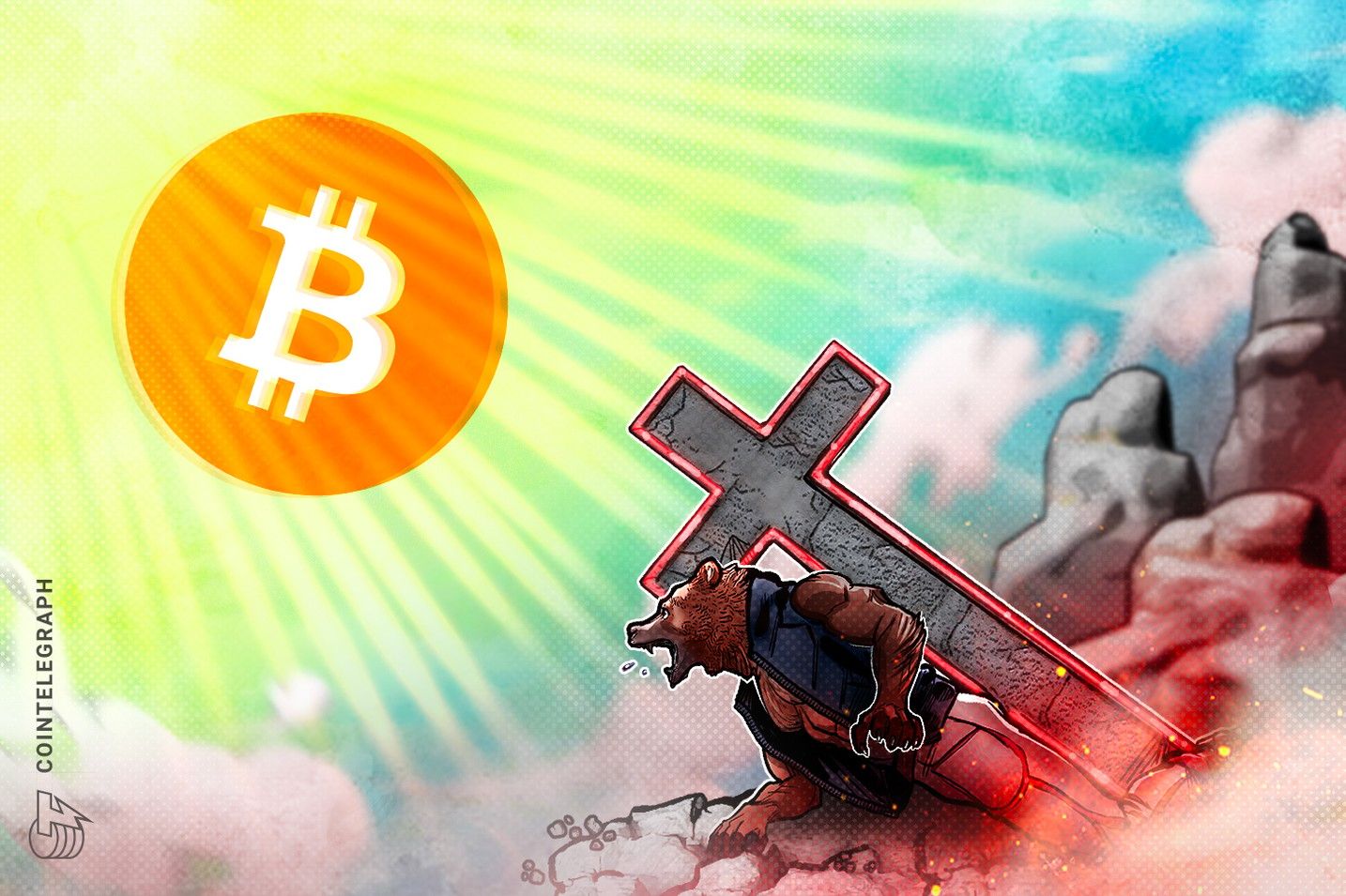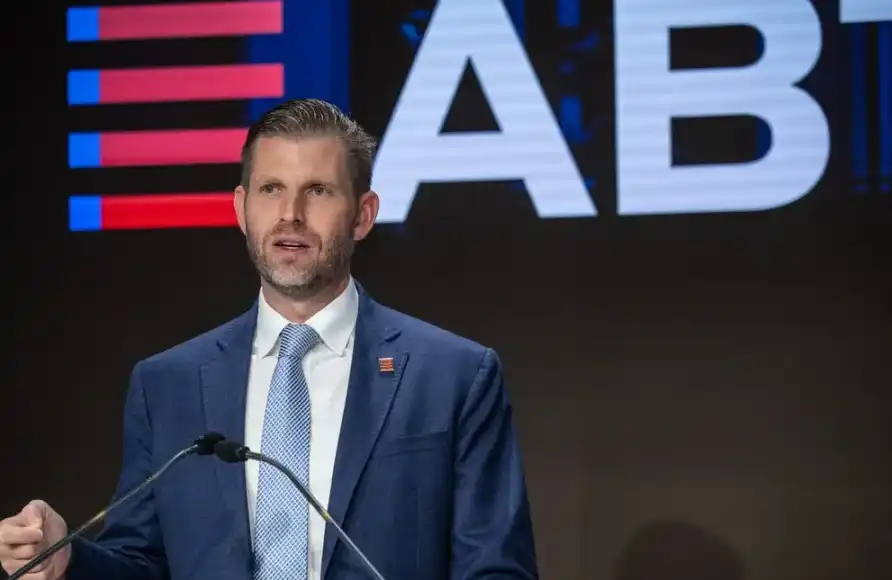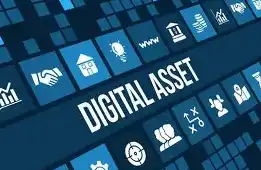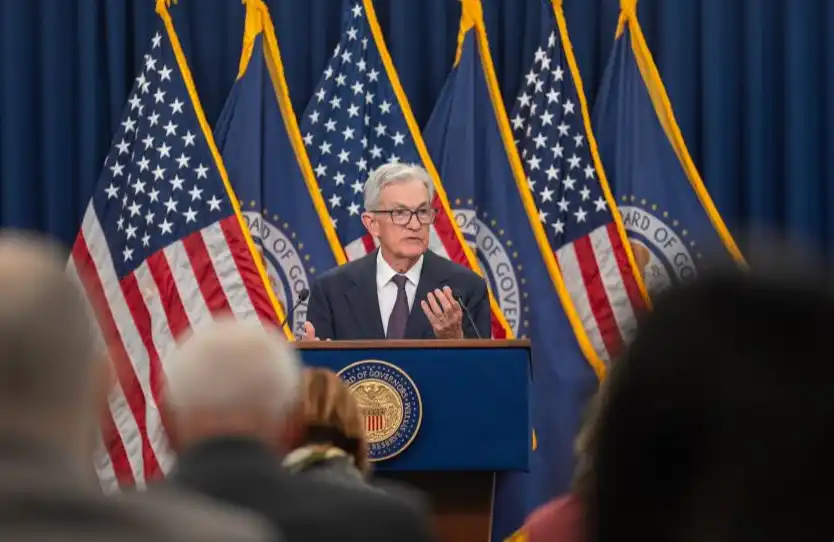- On July 6 and 7, leaders from across the BRICS nations will gather in the culturally rich city of Rio de Janeiro, Brazil, for the annual BRICS Summit.
- One of the key focuses will be launching a new precious metals exchange, a step that could shift how the global commodities game is played.
In October 2024, Russia put an idea on the table, a BRICS Precious Metals Exchange. The goal? To create a platform where member countries could trade metals like gold, silver, nickel, platinum, and palladium without having to go through Western-run markets .
Instead of following the pricing and standards set by institutions like the London Metal Exchange or COMEX, BRICS aims to establish its own benchmarks, along with a clearing and auditing system that puts more control in their own hands.
We might soon see this idea come to life. Here’s Why. Brazil assumed the BRICS presidency on January 1, and is going to host the 17th BRICS Summit on July 6–7 in Rio de Janeiro. This summit is going to get a lot of attention because the formal announcement, or even the soft launch, of the metals exchange is expected.
The BRICS bloc was founded in 2009, and it has grown. It began with five countries: Brazil, Russia, India, China, and South Africa. Now, it has expanded to include Indonesia, Iran, Egypt, Ethiopia, Saudi Arabia, and the United Arab Emirates.
According to a report from CNF, this expanded group now controls a huge share of the world’s gold, platinum group metals, and rare earth reserves.
Why Now? The Push for De‑Dollarization
This push isn’t happening in a vacuum. It’s part of a larger effort to move away from the U.S. dollar in global trade. Russia’s Finance Minister, Anton Siluanov, recently doubled down on that vision.
Despite ongoing sanctions and isolation after the Ukraine war began in 2022, he said Russia is determined to build a more self-sufficient economy that doesn’t bow to Western pressure.
The metals exchange fits neatly into this plan. It’s about resilience. If successful, it could allow BRICS countries to price and trade metals on their own terms, reducing their exposure to U.S. financial systems and sanctions.
And it’s not the only step in that direction. BRICS is also developing BRICS Pay , a cross-border payment system using local currencies. There’s even talk of a gold-backed regional currency, pegged roughly 40% to gold and 60% to a mix of member currencies. That kind of financial ecosystem would fundamentally change how these nations interact with global markets.
That shift could drive increased physical demand for gold and other metals, especially as more trade is settled in real assets rather than in abstract futures or dollar-based contracts.
Of course, launching a new metals exchange is one thing. Getting it to work at scale is another. For starters, the system would need strict accreditation, transparent auditing, and reliable clearing mechanisms, all while coordinating across countries with very different systems and priorities. That kind of multilateral trust isn’t easy to build.
There’s also the challenge of infrastructure and liquidity. Traders won’t move to a new platform unless it’s just as fast, reliable, and secure as what they already use. And if the exchange starts gaining traction, Western governments could push back with sanctions or trade barriers to slow things down.




